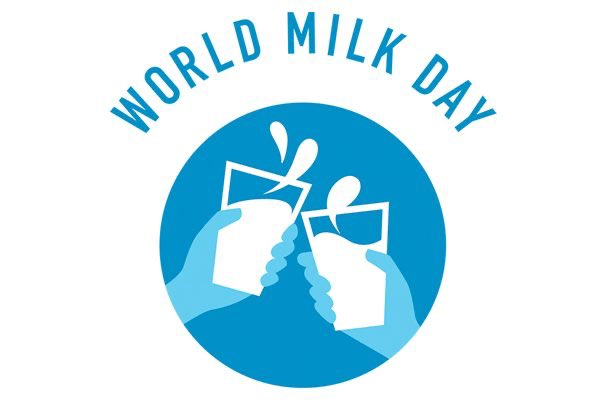As the world commemorates World Milk Day, India — the world’s largest milk producer — shines a spotlight on its powerful dairy sector that fuels national nutrition, empowers rural communities, and contributes significantly to the country’s economy.
This year’s theme, “The Power of Dairy: Nourishing India, Empowering the World,” underscores the multi-dimensional impact of milk — a food source deeply embedded in Indian culture and daily life.
India produces over 230 million metric tonnes of milk annually, accounting for nearly 24% of global milk output, with per capita availability reaching 459 grams per day, far exceeding the global average of 322 grams. Behind these numbers lies a resilient dairy ecosystem built over decades, beginning with the White Revolution led by Dr Verghese Kurien.
“Dairy is more than just nutrition — it’s economic empowerment, especially for rural women who form the backbone of milk production in India,” said Brahmani Nara, writing in a World Milk Day op-ed. “It is time we recognise milk as a strategic tool for national health and growth.”
Nutrition Against Malnutrition
In a country where micronutrient deficiencies affect millions, dairy offers a daily source of essential nutrients — including calcium, protein, vitamin D, B12, and potassium. According to the latest National Family Health Survey, over 35% of Indian children under five are stunted, and more than 30% are underweight. Regular milk consumption is proven to help bridge these nutritional gaps, particularly during early childhood.
Dairy’s role is also evolving with changing consumer lifestyles. From traditional staples like milk, ghee, and curd, the market has expanded to include fortified milk, probiotic drinks, artisanal cheeses, and functional dairy products, catering to a health-conscious, vegetarian, and flexitarian population.
Economic Engine & Rural Empowerment
The dairy industry contributes nearly 5% to India’s GDP and provides direct livelihood to over 8 crore Indians, a significant portion of whom are women. Daily incomes from milk collection have helped improve household nutrition, education, and financial autonomy in rural India. It stands today as India’s largest agricultural commodity.
World Milk Day celebrations across India also highlight the silent work of farmers, cold chain operators, and dairy cooperatives in delivering safe and hygienic milk. Organised dairies have adopted strict quality controls — pasteurization, automated packaging, and cold logistics — ensuring that milk reaches consumers in its purest form.
Clean, Safe, and Transparent
In the era of clean-label eating, dairy is standing tall as a minimally processed, nutrient-dense food group. With growing awareness about the dangers of ultra-processed foods, Indian dairy brands are focusing on transparency, purity, and clean labelling. However, challenges such as adulteration still plague the industry. Authorities and private dairies alike are pushing for stronger regulatory frameworks, consumer awareness, and digital tracking systems to maintain quality and trust.
India’s Global Dairy Ambition
While India’s dairy sector has traditionally catered to domestic demand, rising international interest is opening up export opportunities for value-added products like organic ghee, artisanal paneer, and aged cheeses. India is now eyeing the creation of a globally recognized dairy brand, capable of competing with premium labels across Europe, the US, and Southeast Asia.
Currently, Indian dairy exports are largely focused on diaspora markets. Industry leaders now urge a shift toward quality-driven, premium offerings aimed at global consumers seeking authentic, safe, and sustainable products.
A Toast to Milk — And the Future
On this World Milk Day, India celebrates more than a beverage — it honours a powerful economic and nutritional force that connects farmers to families, villages to global markets, and traditions to innovation.
“Let’s raise a glass of milk not just in celebration, but in commitment — to our farmers, our children, and our shared health,” Nara said. “Here’s to milk. Here’s to dairy. Here’s to India.”
World Milk Day was established by the Food and Agriculture Organization (FAO) of the United Nations in 2001 to recognize the importance of milk as a global food. In India, it has evolved into a national celebration of progress, resilience, and potential in one of the country’s most vital sectors.


